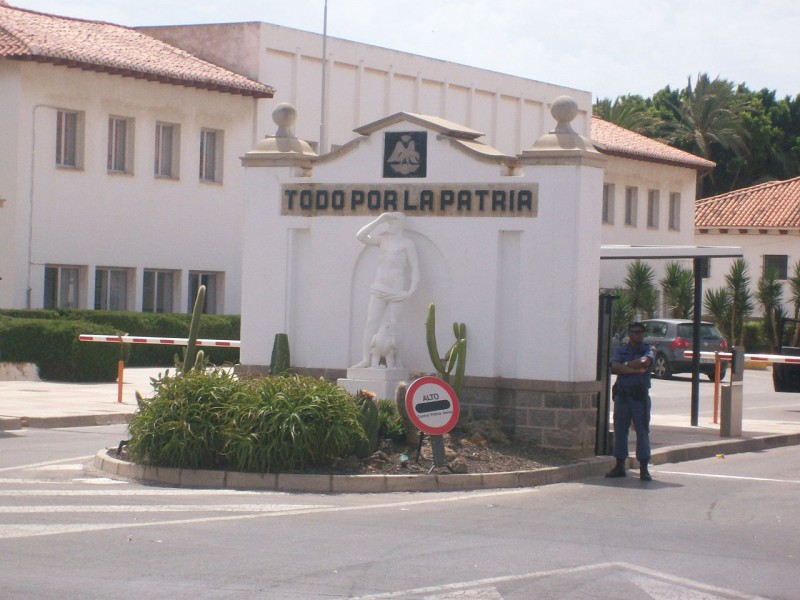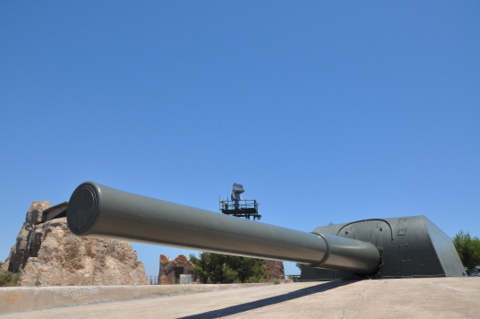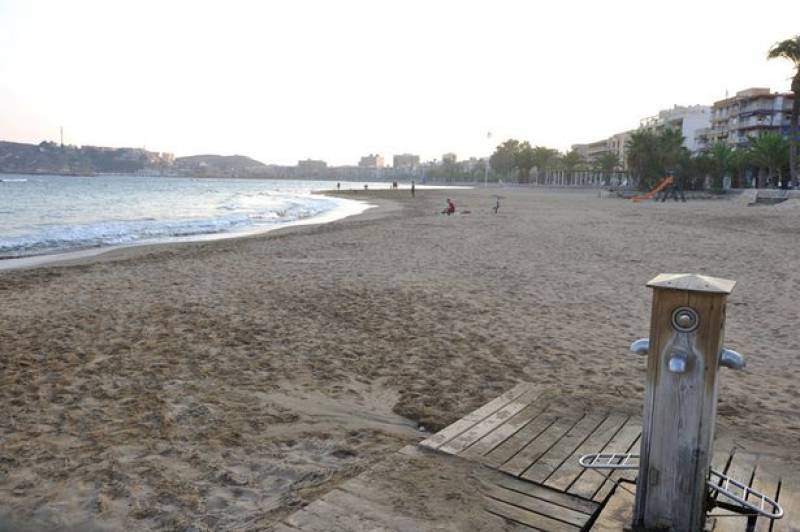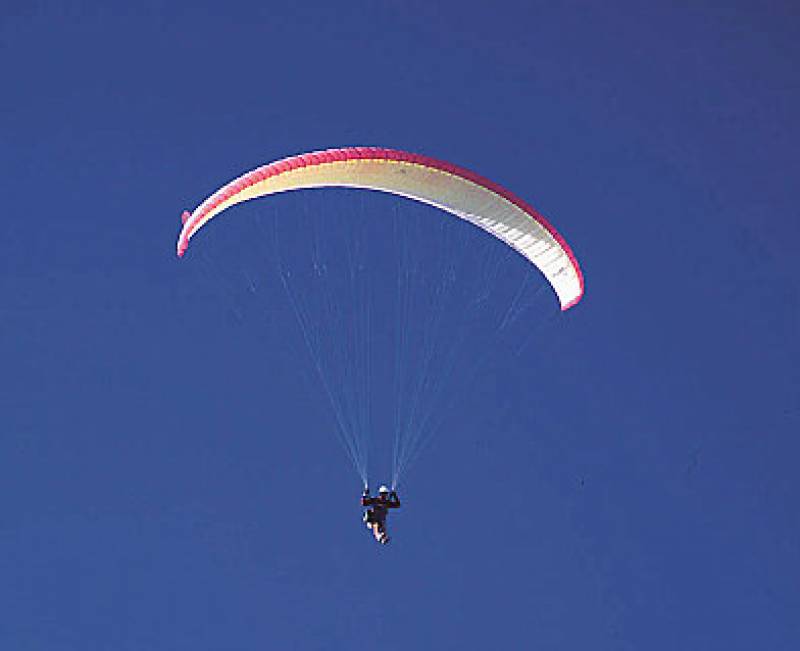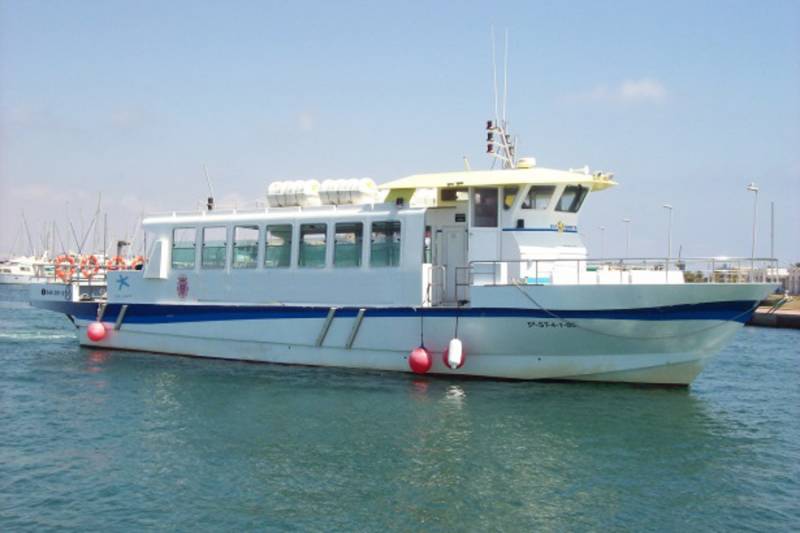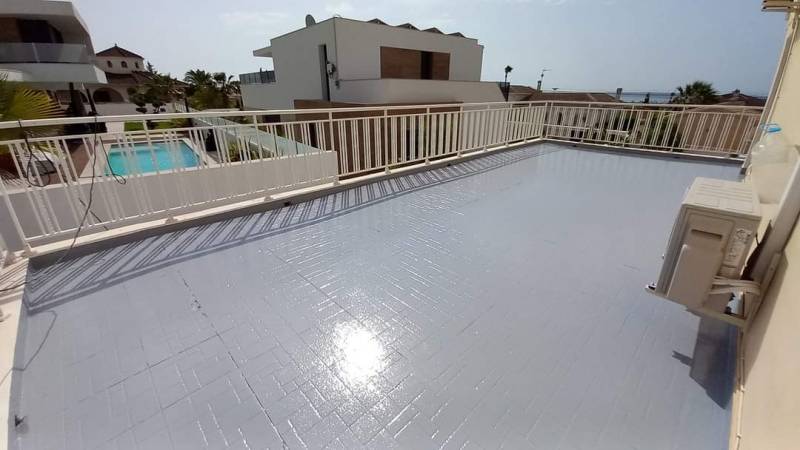- Region
- Águilas
- Alhama de Murcia
- Jumilla
- Lorca
- Los Alcázares
- Mazarrón
- San Javier
-
ALL AREAS & TOWNS
- AREAS
- SOUTH WEST
- MAR MENOR
- MURCIA CITY & CENTRAL
- NORTH & NORTH WEST
- TOWNS
- Abanilla
- Abarán
- Aguilas
- Alamillo
- Alcantarilla
- Aledo
- Alhama de Murcia
- Archena
- Balsicas
- Blanca
- Bolnuevo
- Bullas
- Cañadas del Romero
- Cabo de Palos
- Calasparra
- Camping Bolnuevo
- Campo De Ricote
- Camposol
- Canada De La Lena
- Caravaca de la Cruz
- Cartagena
- Cehegin
- Ceuti
- Cieza
- Condado de Alhama
- Corvera
- Costa Cálida
- Cuevas De Almanzora
- Cuevas de Reyllo
- El Carmoli
- El Mojon
- El Molino (Puerto Lumbreras)
- El Pareton / Cantareros
- El Raso
- El Valle Golf Resort
- Fortuna
- Fuente Alamo
- Hacienda del Alamo Golf Resort
- Hacienda Riquelme Golf Resort
- Isla Plana
- Islas Menores & Mar de Cristal
- Jumilla
- La Azohia
- La Charca
- La Manga Club
- La Manga del Mar Menor
- La Pinilla
- La Puebla
- La Torre
- La Torre Golf Resort
- La Unión
- Las Palas
- Las Ramblas
- Las Ramblas Golf
- Las Torres de Cotillas
- Leiva
- Librilla
- Lo Pagan
- Lo Santiago
- Lorca
- Lorquí
- Los Alcázares
- Los Balcones
- Los Belones
- Los Canovas
- Los Nietos
- Los Perez (Tallante)
- Los Urrutias
- Los Ventorrillos
- Mar De Cristal
- Mar Menor
- Mar Menor Golf Resort
- Mazarrón
- Mazarrón Country Club
- Molina de Segura
- Moratalla
- Mula
- Murcia City
- Murcia Property
- Pareton
- Peraleja Golf Resort
- Perin
- Pilar de la Horadada
- Pinar de Campoverde
- Pinoso
- Playa Honda
- Playa Honda / Playa Paraíso
- Pliego
- Portmán
- Pozo Estrecho
- Puerto de Mazarrón
- Puerto Lumbreras
- Puntas De Calnegre
- Region of Murcia
- Ricote
- Roda Golf Resort
- Roldan
- Roldan and Lo Ferro
- San Javier
- San Pedro del Pinatar
- Santiago de la Ribera
- Sierra Espuña
- Sucina
- Tallante
- Terrazas de la Torre Golf Resort
- Torre Pacheco
- Totana
- What's On Weekly Bulletin
- Yecla


- EDITIONS:
 Spanish News Today
Spanish News Today
 Alicante Today
Alicante Today
 Andalucia Today
Andalucia Today
article_detail
Academia General del Aire, the Spanish air force academy in San Javier
Students at the San Javier academy have included the last two Kings of Spain
When the military air base at San Javier was founded in 1927 it was used from the very start as a home for various units from the school of Naval Aeronautics, giving it a tradition in teaching and education which pre-dates the Academia General del Aire (AGA). It was the Naval Aeronautics school which built most of the hangars at the San Javier base, many of which are still as they were then, or at least have not been substantially altered over the course of the last 90 years.
During the Spanish Civil War (1936-39) the air base of San Javier was in the hands of the Republicans, and since it was not too close to the major battle lines it was again used, along with the nearby aerodrome of Los Alcázares, where seaplanes had been based since 1915, for pilot training.
After the War, the base was incorporated into the newly formed “Ejército del Aire”, or air force, and again its main function was identified as that of training. At the “Escuela Premilitar Aérea” the first group of 400 students began their training in 1940, and the San Javier academy was part of the group of military training centres in Murcia which also included those in El Palmar, Alcantarilla, Los Alcázares and the small airfield at El Carmolí.
Pilot training was one thing, but the air force also required an officer training school, and it was on 28th July 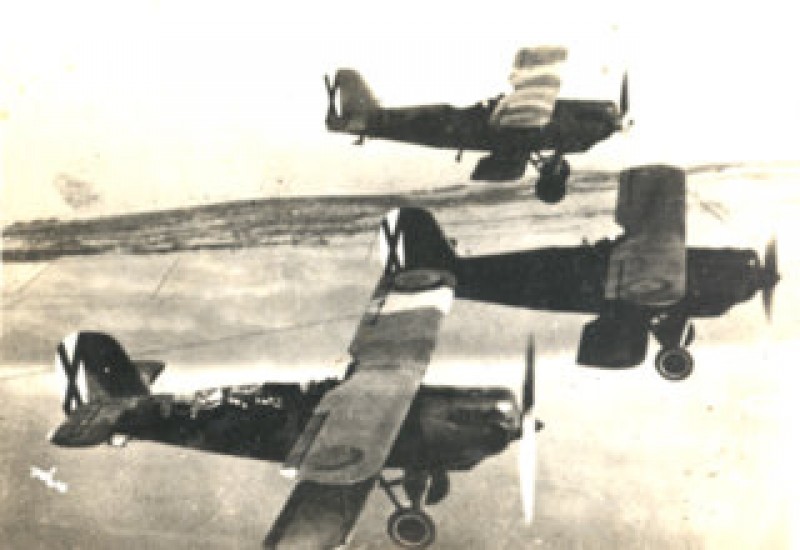 1943 that a decree was passed by which the Academia General del Aire was created. The new AGA was founded with the mission of training future professional air force officers in the fields of military, aeronautical, cultural, humanistic and physical knowledge.
1943 that a decree was passed by which the Academia General del Aire was created. The new AGA was founded with the mission of training future professional air force officers in the fields of military, aeronautical, cultural, humanistic and physical knowledge.
The first group of students began their training on 15th September 1945, under the stewardship of the academy’s first Director, Corlonel Antonio Munaiz de Brea. On 10th December of the same year it received its first national standard, a decorative banner which is now housed in the Museo del Aire at the airfield of Cuatro Vientos in Madrid.
Until 1949 the AGA at San Javier shared its responsibilities with the Academia de Oficiales in León, and since its foundation well over 6,000 students have graduated from the academy.
Aircraft, royal students and women at the Academy
When flight training began at the AGA in San Javier it was divided into two phases, elementary and advanced. The main aircraft used for elementary training between 1945 and 1976 was the Bucker Bu-131, and as of 1958 the Basic Flying Squadron was equipped with the first Beechcraft T-34 Mentor planes. Both of  these models were acquired through friendship agreements with the USA.
these models were acquired through friendship agreements with the USA.
Among the aircraft used to teach such skills as navigation, aerial photography and bombardment were the German Junkers Ju-52 and Heinkel He-111, and later, after agreements were reached with the US, the DC-3.
When future King Juan Carlos I attended the AGA in the year 1958/59 his first flight was on 16th September 1958 in the Bucker E.3B-174. He also took control of the Mentor and the Junkers Ju-52, and graduated as a military pilot along with the rest of his class on 15th July 1959.
In 1962 the academy acquired North-American T-6 planes when the flying school in Salamanca was fused with the establishment in San Javier, and these aircraft remained in service until they were replaced by the Casa C-101s in the early 1980s.
In 1971 the Spanish jet Hispano HA-200 Saeta joined the fleet at San Javier, also remaining in service until the arrival of the C-101s.
In 1987 it was the turn of Felipe VI to follow in his father’s footsteps and spend a year in San Javier, where he piloted the T-34 Mentor, C-101 and C-212 Aviocar aircraft before graduating on 10th July 1989. It was also in 1988/89 that María Eva Lequerica from Jaén became the first female student: the proportion of women studying at the AGA has now risen to around 10%.
During the 2006/07 course Rosa María García-Malea López became the first woman to qualify as a fighter pilot in the Spanish Air Force, and the following year another woman, Rocío González Torres, achieved the highest score in her year. These achievements were rounded off one year later when Lourdes Losa Calvo became the first female course flag-bearer, and in July 2010 she completed her studies as the number one in her class.
A little bit of history was made on 2nd March 2004, when the Casa C-101 Aviojet (E.25) reached a total flight time of 176,124 hours, surpassing the previous record held by the Bücker BÜ-131 Jungmann. The Aviojet has now racked up over a quarter of a million flying hours.
The AGA museum
The museum of the Academia General del Aire in San Javier opened in 1993 as part of the academy’s 50th 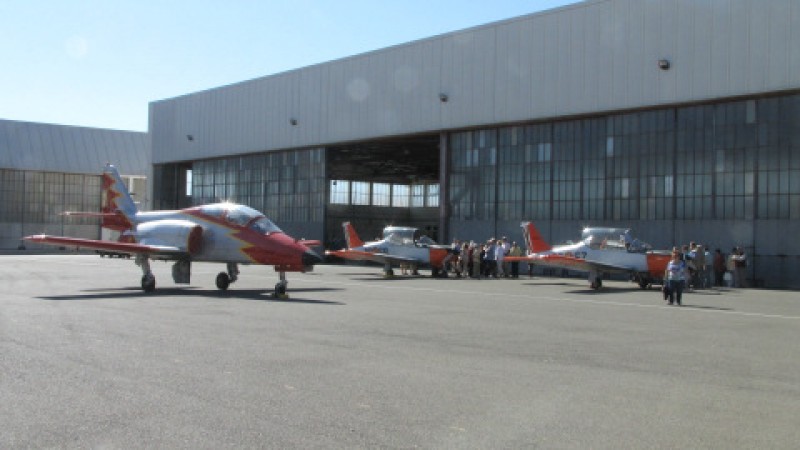 anniversary celebrations, and contains a series of exhibits tracing the history of the institution including models of all of the aircraft which have been based here.
anniversary celebrations, and contains a series of exhibits tracing the history of the institution including models of all of the aircraft which have been based here.
Also featured are uniforms, training materials, flags, gifts and weaponry, and an eclectic selection of items including a Lladró figure of the Virgen de Loreto (who is venerated as the Patron of Spanish aviation) and the flag which was taken by Spanish astronaut Pedro Duque to the international space station.
The Patrulla Aguila, the Spanish Air Force aerobatics display team based in San Javier
The Patrulla Aguila is the Spanish equivalent of the Red Arrows in the RAF
The history of aerobatics is as old as the history of aviation, and in Spain the Patrulla Águila, which was 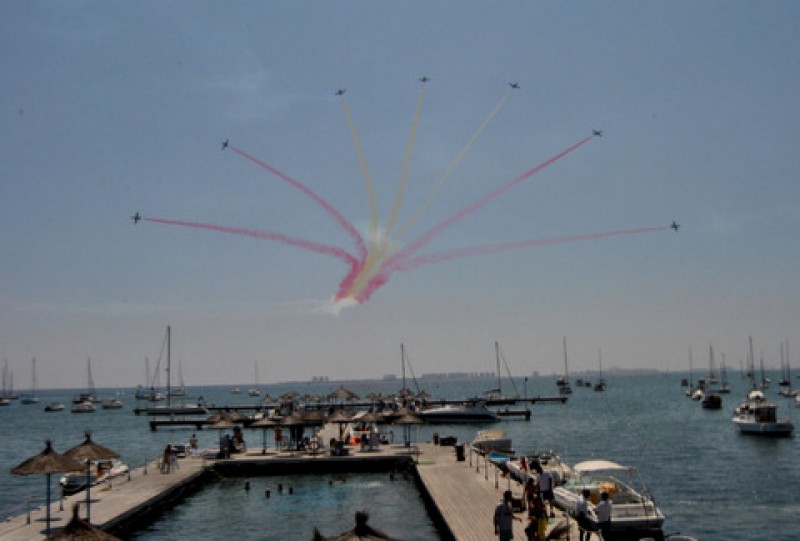 formed in 1985, did not create a new tradition, rather it was the logical continuation of one which had existed within the Spanish air force for decades.
formed in 1985, did not create a new tradition, rather it was the logical continuation of one which had existed within the Spanish air force for decades.
The first squadron to be dedicated to aerobatic displays in the Spanish air force was created at the base of Matacán, in the province of Salamanca, in 1954, and used T-6 aircraft, and those which followed included one at Talavera la Real in Badajoz (with three T-33s) and another at Los Llanos (Albacete), using four Mirage F-1 craft.
The first national aerobatics team flew four F-86 Sabre aircraft from their base at Manises (Valencia) in 1956, and later performed for nine years under the name of “Patrulla Ascua” in memory of the nickname of a deceased companion.
This was the context in which the Patrulla Águila was formed on 4th June 1985 at the military air base of San Javier, flying five new Casa C-101 aircraft, initially with the mission of assessing the plane’s handling and performance. At this point the group was formed by Captains Carrizosa, Polo, Lorenzo, Novau, Segura, Villanueva, Uribarri, Ferrer and Bordallo.
The first flight was a success, and soon the number of aircraft was raised to six and the use of smoke canisters was incorporated into displays. A seventh plane was inaugurated in 1988, and on the national holiday of 12th October 1992 the colours of the flag of Spain were painted for the first time in the sky over Sevilla.
The squadron now has over 25,000 hours of flying time under its belt, and has taken part in air shows and numerous other events in its role as an ambassador for Spain all over the world.
Academia General del Aire
Address: Coronel López Peña, s/n, 30730 San Javier, Región de Murcia.
Click for map: Academia General del Aire
Telephone: 968 189 000
Principal Image: Wikipedia El Murciano
Click for more information about the San Javier municipality: SAN JAVIER TODAY
staff.inc.ali
Loading
article_detail
Contact Murcia Today: Editorial 000 000 000 /
Office 000 000 000

